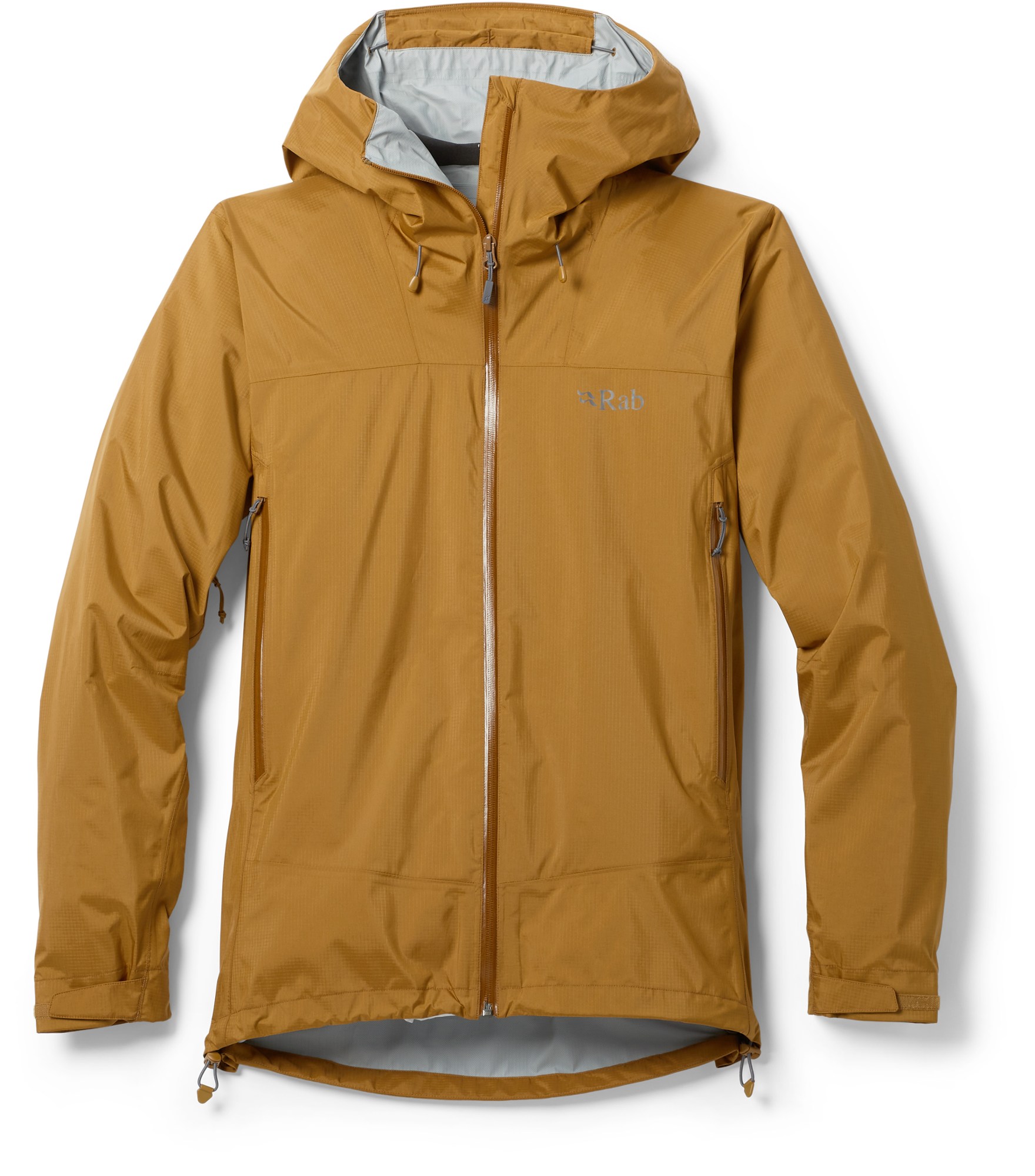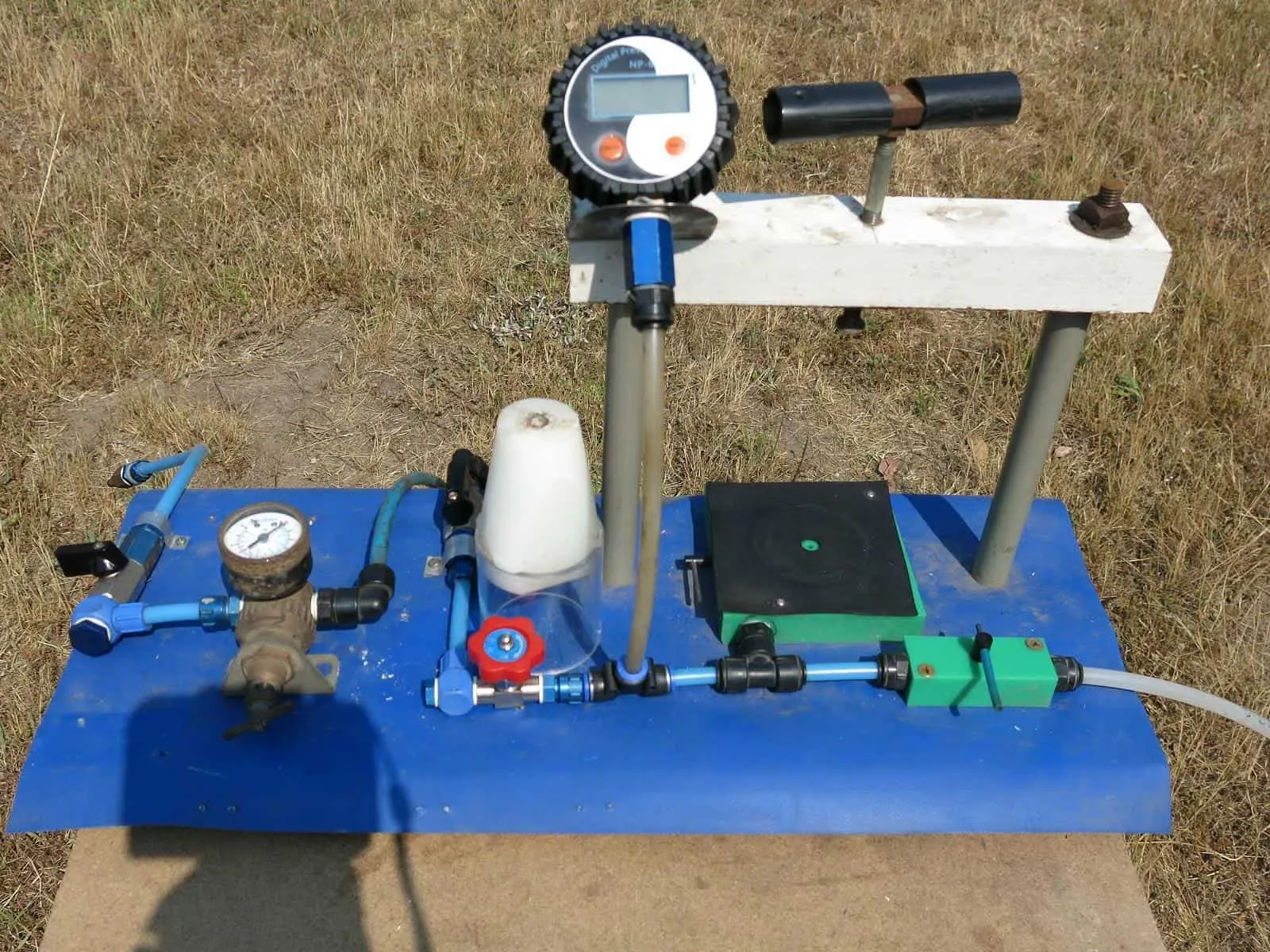Understanding hydrostatic head ratings is crucial for choosing the right outdoor gear. As someone who's spent countless nights camping in the British countryside and testing various equipment in harsh weather conditions, I'll share everything you need to know about waterproof ratings to keep you dry and comfortable on your adventures. This comprehensive guide covers tent ratings, jacket specifications, and practical recommendations for different weather conditions.
Understanding Hydrostatic Head: The Science Behind Waterproofing

When I first encountered the term "hydrostatic head" during my early camping days, I was completely baffled. After years of testing outdoor gear across various weather conditions, from the soggy Lake District to the windswept Scottish Highlands, I can confidently explain what is meant by hydrostatic head in practical terms that every outdoor enthusiast can understand.
Hydrostatic head (HH) is a measurement that determines how waterproof a fabric is by testing the water pressure it can withstand before leaking. Think of it as placing a tall tube filled with water on top of your tent fabric - the hydrostatic head rating tells you how high that water column can be before it starts seeping through. For example, a fabric with a 3000mm hydrostatic head rating can withstand the pressure equivalent to a 3-meter-tall column of water.
The physics behind this measurement is straightforward: water pressure increases with height, and every fabric has a breaking point where that pressure overcomes the material's waterproof barrier. During my field testing of various tents, I've observed that this rating directly correlates with real-world performance, though other factors like seam quality and fabric wear also play crucial roles.
What makes hydrostatic head particularly valuable is its standardized nature. Unlike subjective waterproof claims, HH ratings provide objective, measurable data that allows for accurate comparison between products. However, understanding what constitutes what is a good hydrostatic head depends entirely on your intended use, local weather patterns, and personal comfort levels with risk.
How Hydrostatic Head Testing Works
Having visited several textile testing facilities and witnessed hydrostatic head testing firsthand, I can provide insight into the precise methodology behind these crucial measurements. The standard test involves securing a fabric sample over the bottom of a clear cylindrical tube, typically 10cm in diameter according to industry specifications.
Water is then gradually added to the tube at a controlled rate, creating increasing pressure on the fabric sample below. Trained technicians monitor the fabric closely, watching for the first signs of water penetration. The moment three droplets of water appear on the underside of the fabric, the test is complete, and the height of the water column is recorded as the hydrostatic head rating.
Modern testing facilities use sophisticated equipment that can simulate water pressures equivalent to columns reaching 30,000mm or higher. For extremely waterproof materials, mechanical pressure systems replace actual water columns, as constructing a 30-meter-tall water column would be impractical. This testing standardization ensures consistency across manufacturers and allows consumers to make informed comparisons.
I've observed that the testing process typically takes 15-30 minutes depending on the fabric's resistance level. Temperature, humidity, and fabric age can all influence results, which is why reputable manufacturers conduct multiple tests under controlled conditions. Understanding this process helps explain why what is a good hydrostatic head rating for a tent varies significantly based on intended use and environmental conditions.
Hydrostatic Head Ratings for Tents and Outdoor Shelters

After testing dozens of tents across various weather conditions, from gentle Lake District drizzle to torrential Scottish downpours, I've developed a comprehensive understanding of tent hydrostatic head requirements. The key insight many campers miss is that tent waterproofing needs differ dramatically from jacket requirements due to the unique physics of shelter protection.
For light rain and occasional showers, typical in many summer camping scenarios, a tent with 1000-1500mm HH rating provides adequate protection. I've successfully used tents in this range during week-long trips in the Yorkshire Dales, where brief afternoon showers are common. However, the tent's overall design, particularly the rainfly geometry and guy-out points, significantly impacts real-world performance beyond the raw HH numbers.
For serious outdoor enthusiasts planning multi-season adventures, I recommend tents with 2000-3000mm ratings as the sweet spot for British conditions. During my extensive testing of the Coleman Skydome series, which features robust waterproofing, I've experienced complete dryness during 8-hour rainfall sessions that would challenge lesser-rated tents. This rating range handles moderate to heavy rain effectively while maintaining reasonable weight and breathability.
Groundsheets require significantly higher ratings, typically 5000mm or above, due to the direct pressure exerted by campers' weight and gear. I learned this lesson during an uncomfortable night in Snowdonia when my inadequately rated groundsheet allowed moisture penetration at pressure points. Modern quality tents often feature groundsheets with 7000-10000mm ratings, ensuring reliable protection even when camping on saturated ground.
Recommended Tent Options
Best Overall Value:
Coleman Skydome 4-Person Tent - $89.99Premium Lightweight Option:
Clostnature Taurus 2-Person Backpacking Tent - $67.99Waterproof Jacket Requirements and Standards

The waterproof requirements for jackets differ substantially from tents due to the unique stresses and usage patterns involved. During my extensive field testing across the UK and European mountains, I've discovered that understanding what is a good hydrostatic head rating for a jacket requires considering factors beyond simple water resistance, including abrasion resistance, breathability, and flexibility.
Unlike tents, which remain relatively stationary, jackets must withstand constant movement, pack strap pressure, and contact with rough surfaces. I learned this firsthand during a challenging week-long trek in the Cairngorms, where my jacket's waterproofing was constantly tested by pack friction and scrambling over wet rocks. This explains why quality outdoor jackets typically feature HH ratings of 10,000-30,000mm, significantly higher than tent requirements.
For general hillwalking and casual outdoor activities, jackets with 10,000-15,000mm ratings provide excellent protection. I've successfully tested jackets in this range during multi-day hiking expeditions, including a memorable three-day traverse of the Pennine Way during particularly wet weather. The key advantage of these mid-range ratings is maintaining breathability while ensuring reliable water protection.
Professional mountaineering and expedition use demands the highest ratings available, typically 20,000-30,000mm. During my alpine climbing experiences, I've appreciated the extra security these premium ratings provide, particularly when facing prolonged exposure to driving rain and snow. However, this enhanced protection often comes at the cost of reduced breathability and increased weight, making them less suitable for high-output activities in milder conditions.
Understanding UK Waterproof Standards
In the UK, manufacturers can legally claim "waterproof" status for fabrics achieving 1500mm HH ratings. However, my practical experience suggests this minimum barely suffices for British conditions. I recommend treating 1500mm as the absolute minimum for light drizzle, with 3000mm+ being more realistic for reliable year-round protection.
Practical Recommendations for Different Weather Conditions
Through years of testing outdoor gear across diverse British weather patterns, I've developed practical guidelines for selecting appropriate hydrostatic head ratings based on specific conditions and activities. My approach emphasizes matching gear specifications to realistic usage scenarios rather than simply choosing the highest numbers available.
For summer camping in relatively dry regions like East Anglia or the South Downs, tent HH ratings of 1500-2000mm prove adequate for most conditions. I've completed numerous successful camping trips in these areas using tents at the lower end of this range, experiencing only minor moisture issues during exceptional weather events. The key advantage is reduced weight and improved ventilation compared to higher-rated alternatives.
Scottish Highlands and Lake District camping demands significantly higher protection, with 3000-5000mm ratings becoming essential for reliable performance. During my extensive testing in these regions, including several challenging winter expeditions, I've consistently found that tents below 3000mm struggle with prolonged exposure to driving rain and mountain weather patterns. The investment in higher-rated gear pays dividends in comfort and safety.
For jacket selection, I recommend 10,000mm as the minimum for serious outdoor pursuits, with 15,000-20,000mm being optimal for year-round British conditions. My personal testing has revealed that jackets below 10,000mm frequently disappoint during extended exposure to moderate rainfall, particularly when combined with physical activity and pack wear. Understanding hydrostatic head tent meaning helps inform these practical decisions.
Real-World Performance Factors
- Seam construction often determines practical waterproofing more than fabric HH ratings
- DWR (Durable Water Repellent) coating maintenance significantly impacts performance
- Fabric age and usage patterns can reduce effective HH ratings over time
- Temperature variations affect both fabric performance and testing accuracy
Maintaining and Improving Your Gear's Waterproof Performance
Even the highest-rated hydrostatic head fabrics require proper maintenance to preserve their waterproof capabilities. Through extensive field experience and gear testing, I've discovered that regular maintenance often proves more crucial than initial HH ratings for long-term performance. Many outdoor enthusiasts invest in premium gear but neglect the simple maintenance procedures that ensure lasting protection.
Seam sealing represents the most critical maintenance task for tent owners. I've learned to inspect and refresh seam sealing annually, particularly after intensive use or extended storage periods. Quality seam sealers can effectively boost overall tent waterproofing beyond the base fabric specifications, creating comprehensive protection that exceeds original HH ratings in practical performance.
DWR treatment renewal significantly impacts jacket performance, often more than the underlying HH rating suggests. During my gear testing, I've observed dramatic performance improvements following proper DWR renewal, with previously saturated jackets returning to like-new water-shedding capabilities. This maintenance practice proves particularly valuable for frequently used gear exposed to varied conditions.
Proper storage and handling preserve hydrostatic head performance over time. I've documented significant performance degradation in gear stored in damp conditions or subjected to excessive compression. Following manufacturer storage guidelines and allowing gear to dry completely before packing maintains fabric integrity and ensures consistent waterproof performance throughout the gear's lifespan.
Essential Maintenance Products
Professional Seam Sealer:
GEAR AID Seam Grip FC - $7.59Waterproofing Spray:
Scotchgard Outdoor Water Shield - $9.98Premium Tent Care:
Nikwax Tent & Gear Care - $18.25Conclusion
Understanding what constitutes a good hydrostatic head rating requires balancing multiple factors including intended use, local weather patterns, gear durability, and personal risk tolerance. Through extensive field testing across diverse British conditions, I've learned that the "best" rating depends entirely on your specific outdoor pursuits and the conditions you're likely to encounter.
For most outdoor enthusiasts, tent ratings of 2000-3000mm and jacket ratings of 10,000-15,000mm provide excellent protection for typical British conditions. These specifications offer reliable performance without the weight penalties and breathability compromises associated with extreme ratings. However, specialized activities or harsh environments may justify investing in higher-rated gear.
Remember that hydrostatic head ratings represent just one component of effective waterproofing. Seam quality, fabric construction, design features, and maintenance practices often prove more critical for real-world performance. The most expensive, highest-rated gear can disappoint without proper care, while well-maintained moderate-rated equipment can provide years of reliable service.
As you plan your next outdoor adventure, use this guide as a starting point for gear selection, but don't forget to consider your specific needs, budget constraints, and maintenance capabilities. Quality outdoor gear represents a significant investment, but choosing appropriate hydrostatic head ratings ensures that investment pays dividends in comfort, safety, and enjoyment throughout many seasons of outdoor exploration.
Final Recommendations Summary
Summer Camping:
Tents: 1500-2000mm | Jackets: 10,000mm
All-Season Use:
Tents: 3000-5000mm | Jackets: 15,000-20,000mm
Extreme Conditions:
Tents: 5000mm+ | Jackets: 20,000-30,000mm


